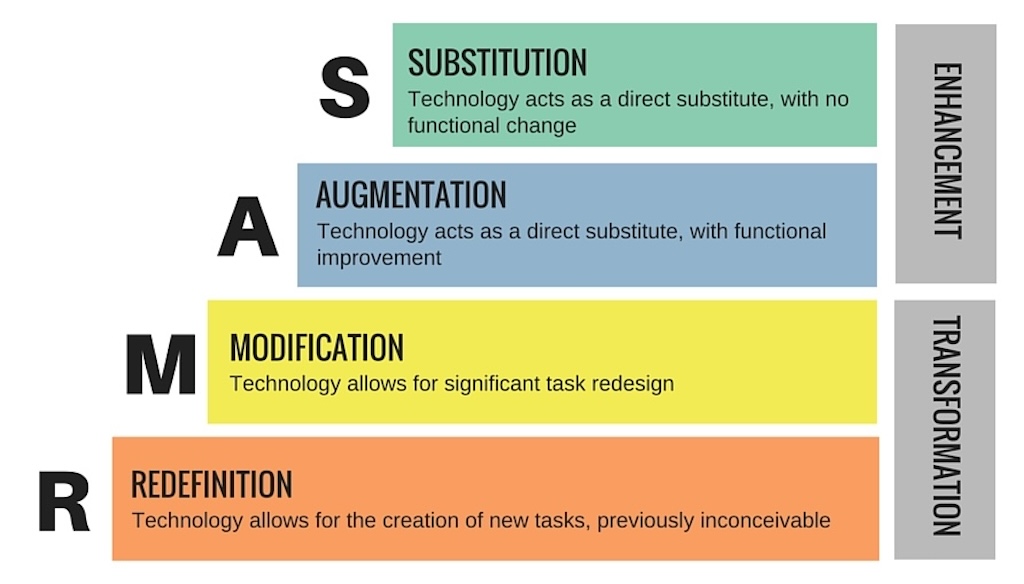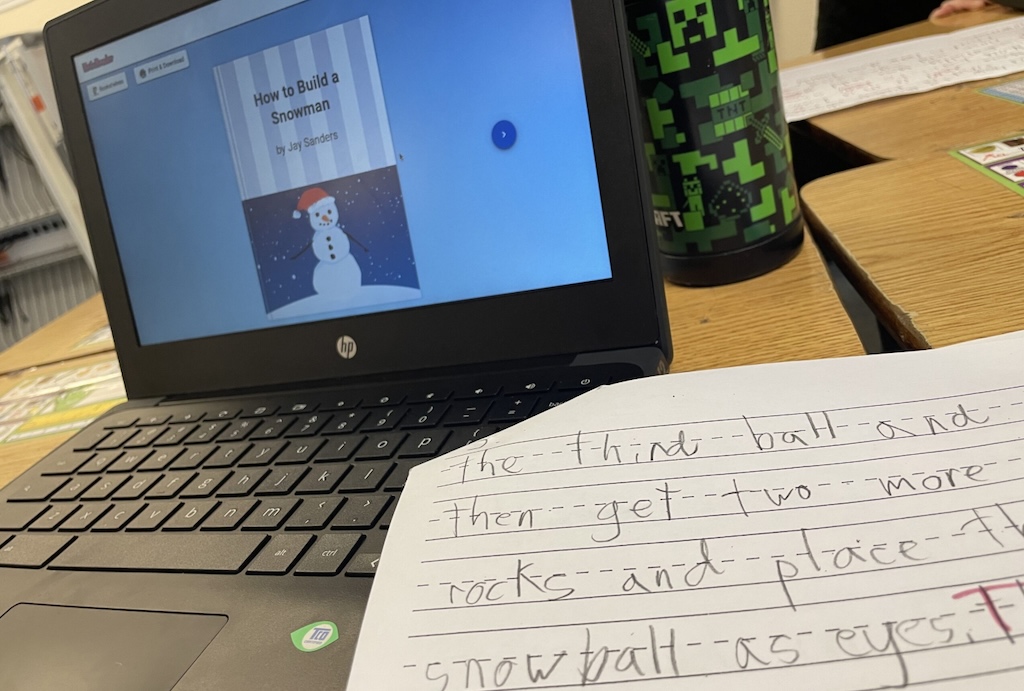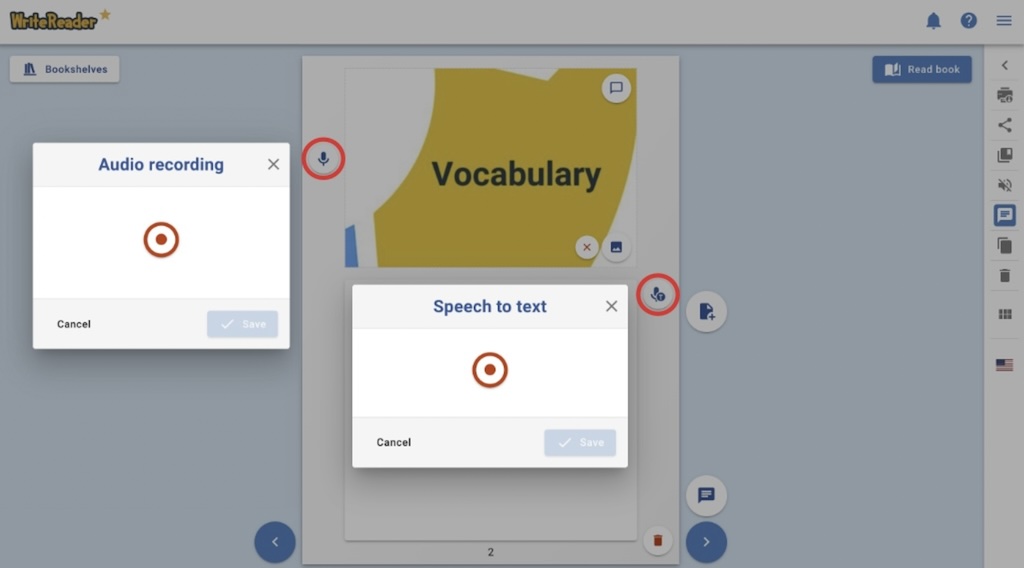In today’s classrooms, understanding how to integrate digital tools into learning effectively is crucial. The SAMR Model, developed by Dr. Ruben Puentedura, provides a framework for educators to evaluate and elevate their use of technology. By categorizing technology use into four levels this model helps teachers design learning experiences that enhance traditional tasks and transform them into novel, impactful educational opportunities.

Brief overview of the SAMR model
- SUBSTITUTION: Technology acts as a direct substitute for traditional methods, with no functional change. For example, students typing a story on a computer instead of writing it in a notebook.
- AUGMENTATION: Technology provides functional improvements. For instance, using spell-check or a thesaurus feature in a word processor to enhance the writing process.
- MODIFICATION: Technology redesigns significant parts of the task. An example might include students collaborating and co-creating a story.
- REDEFINITION: Technology enables tasks previously inconceivable. For example, students could create a multimedia storybook incorporating images, audio recordings, and interactive elements, and then share it globally.
WriteReader and the SAMR Model in Action
WriteReader is a digital tool designed to support literacy development in young learners by enabling them to create, publish, and share their books. Its features make it a perfect fit for the SAMR model, allowing teachers to progress through all four levels of technology integration.
SUBSTITUTION of pen and paper
Students can use WriteReader to write short texts about their own experiences, interests, or short stories, directly substituting pen and paper with a digital interface. The tool’s intuitive design makes it easy for young learners to type their thoughts and add images, closely mimicking traditional writing tasks. WriteReader is also suitable for typing up handwritten text and publishing it as a digital book.

AUGMENTATION with support and feedback features
The platform enhances the writing experience by providing immediate support and feedback through speech-to-text and text-to-speech features, where students can get help to write words and listen to what they’ve written. That helps students to tell their stories and at the same time reinforce phonics and word recognition skills.

MODIFICATION with audio recordings and peer reviews
WriteReader enables students to create books with embedded audio narrations. For instance, a student writing a story about their weekend could record themselves reading the text aloud. Teachers might also encourage peer reviews, allowing classmates to listen and provide constructive feedback, fostering collaboration and communication skills.
REDEFINITION with bilingualism and global sharing
At the redefinition level, WriteReader transforms literacy tasks. Imagine students creating bilingual storybooks, writing in their primary language, and adding translations. They can include voice recordings in both languages, upload original artwork, and even share their books with peers worldwide through the platform. This global sharing capability allows students to receive input from an authentic audience, broadening their understanding of storytelling across cultures.

WriteReader as a transformative learning agent
The SAMR Model empowers educators to use tools like WriteReader not just as digital substitutes but as transformative agents in learning. By leveraging WriteReader’s features, teachers can enhance literacy education in primary schools, fostering creativity, critical thinking, and communication. As students progress from simple typing to creating multimedia, interactive books, they gain skills that transcend the classroom, preparing them for a technology-rich future.
